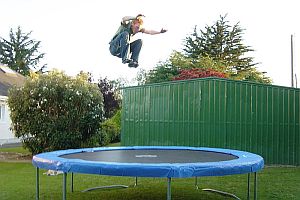The Truth About the “Five-Second Rule”

You’ve probably heard of the “five-second rule”. That’s the tongue-in-cheek saying some kids and young adults use when they accidentally drop a piece of food on the floor but pick it up and eat it anyway. According to the “rule”, food isn’t likely to become significantly contaminated with bacteria if it remains on the floor less than five seconds. Or at least that’s what we tell ourselves when we quickly grab that fallen potato chip before the cat gets it, brush it off, and stick in in our mouths (hopefully without anyone noticing). Most of us probably suspect this isn’t a great idea while we’re doing it, but is there actually any evidence to support the five-second rule?
Well, for those who admit to having done this once or twice in their lives (you know who you are…), you can feel a little bit better about it because there is some research that suggests the five-second rule might be valid.
Science has actually been studying the five-second rule for some time. In 2003, Dr. Jillian Clarke (then an intern and now a Ph.D.) analyzed the floors of the labs, dormitories, and cafeterias of the university she was attending, and found that far fewer bacteria were found than expected, possibly because most of the surfaces were dry, and thus did not encourage bacterial growth. She also found that very few “test foods” were significantly contaminated by E. coli bacteria from brief exposure to a surface that contained it.
A more recent study conducted at Aston University in Great Britain confirms her findings. The research team, led by Professor Anthony Hilton, studied a number of different floor surfaces and locations (carpeted floors, laminated floors, and tiles) with a variety of foods (toast, pasta, cookie, and a sticky candy) to see how much E. coli and Staphylococcus bacteria they attracted when dropped on these floors.
Unsurprisingly—as the five-second rule implies—time is a factor. The longer the food stayed in contact with the floor surface, the more likely it was that contamination would occur. There were also differences found in the floor surface itself, with carpeted floors being “safer” in terms of contamination than tiles. Says Hilton, “We have found evidence that transfer from indoor flooring surfaces is incredibly poor with carpet actually posing the lowest risk of bacterial transfer onto dropped food.”
That said, the moister the food, the more likely it was to pick up bacteria. The other major factor to be considered is (as in real estate) “location, location, location”. That is, certain locations are dirtier than others, and thus more likely to result in bacterial contamination, even if you beat the five-second buzzer. Bathrooms are, not surprisingly, high risk – don’t even think of employing the five-second rule there. Your kitchen floors, especially if you cook a lot of chicken, might be more likely sources of salmonella and other bacteria than, say, your living room or dining room. And among the dirtiest surfaces they tested were the dining tables in restaurants, because they have been “wiped clean” with cloths that were rarely changed and washed themselves.
So Dr. Hilton’s recommendation is to use your own common sense when tempted to invoke the five-second rule. If you accidentally drop a piece of food, take one second of your five noticing the location you’re in, and another second to determine the nature of the surface the food fell on. Then you’ve still got three seconds left to decide whether to pick it up and eat it.
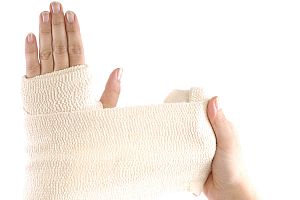
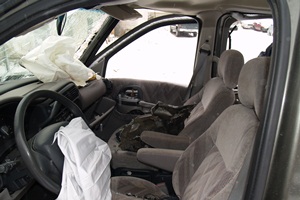



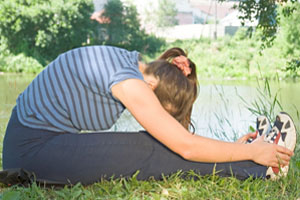
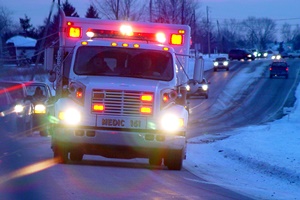 America’s roads have become far safer across the past three decades. By just about any measure, travelers are much less likely to be injured or killed in a motor vehicle accident than they were in the late 1980s and early 1990s. And this is true even though we’re driving more miles each year!
America’s roads have become far safer across the past three decades. By just about any measure, travelers are much less likely to be injured or killed in a motor vehicle accident than they were in the late 1980s and early 1990s. And this is true even though we’re driving more miles each year!
